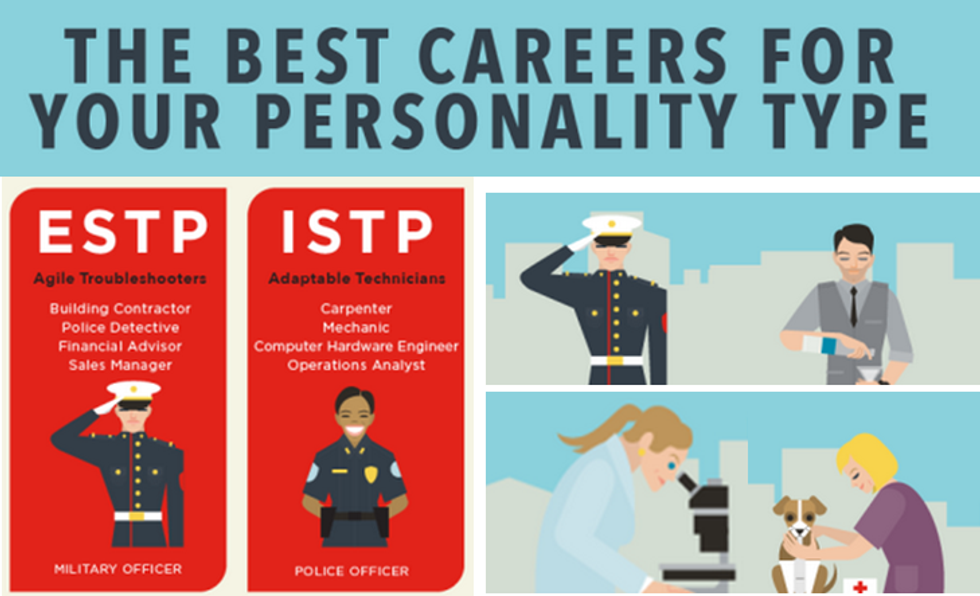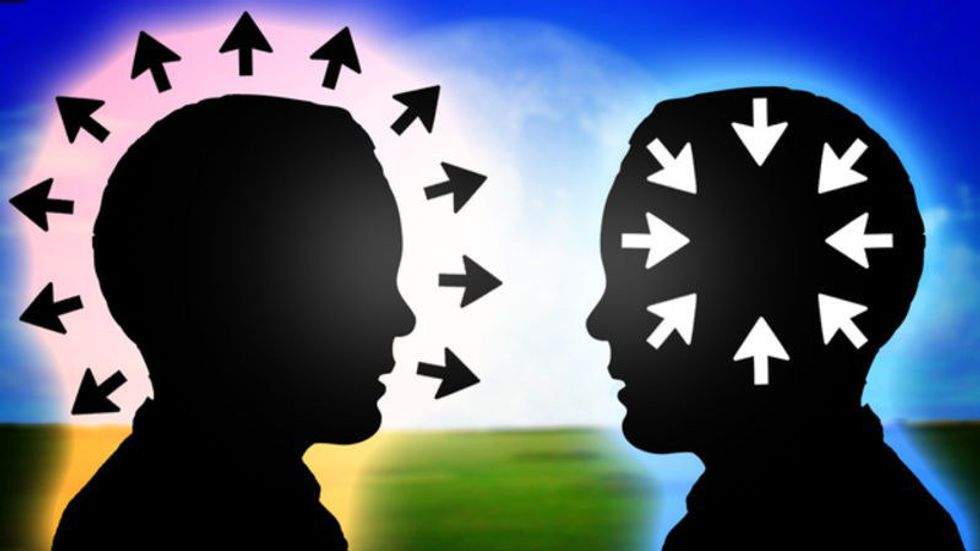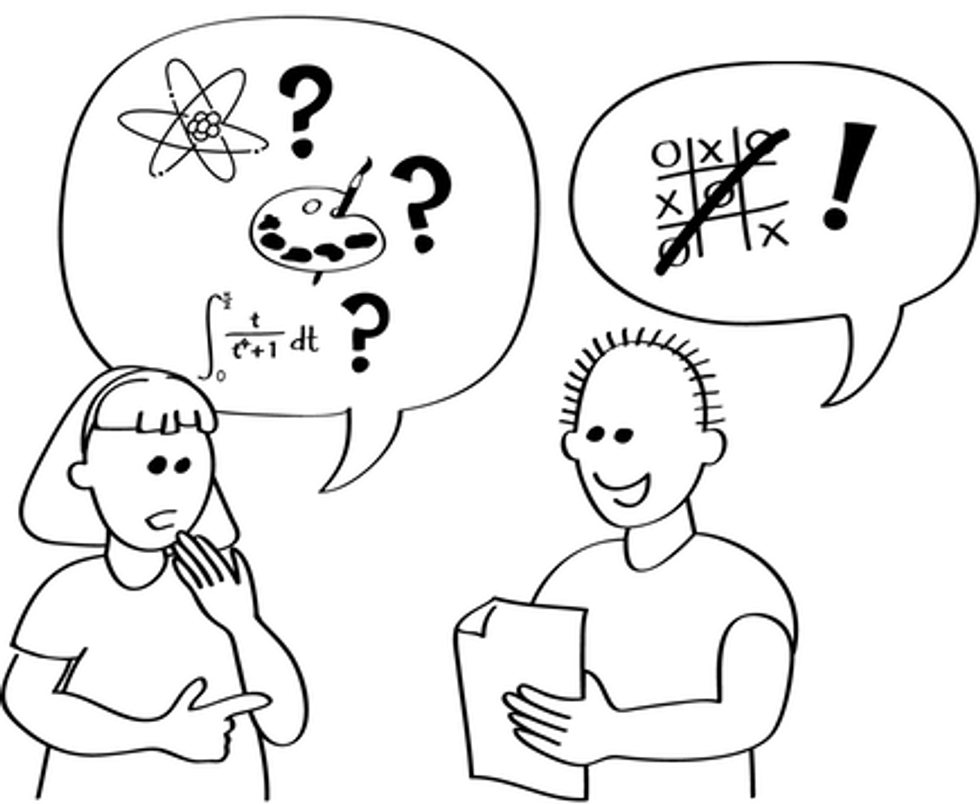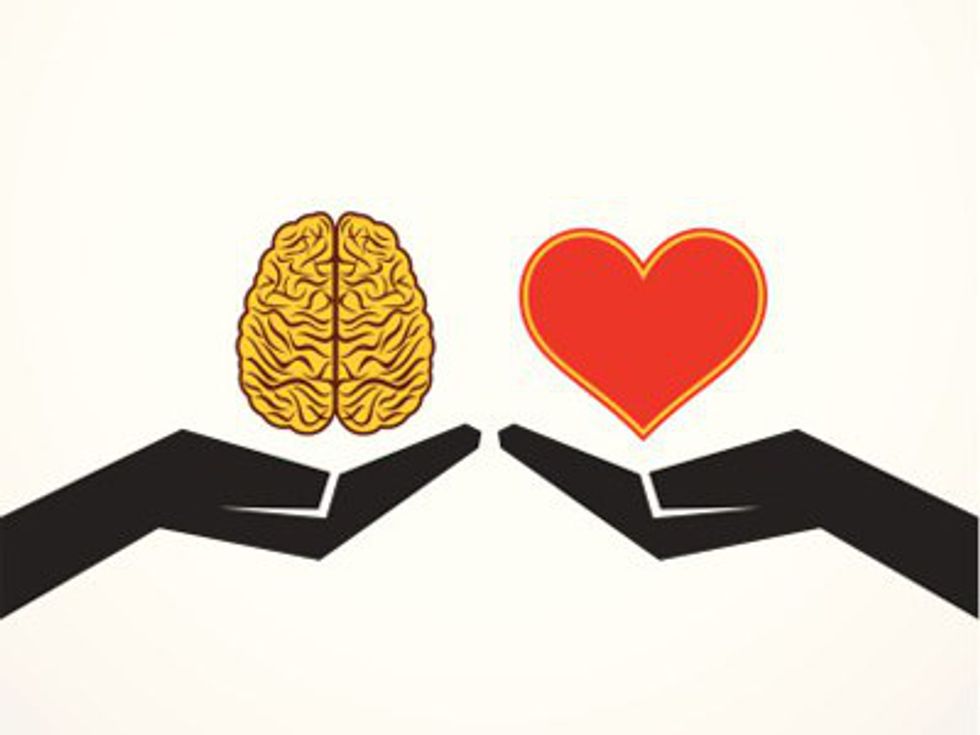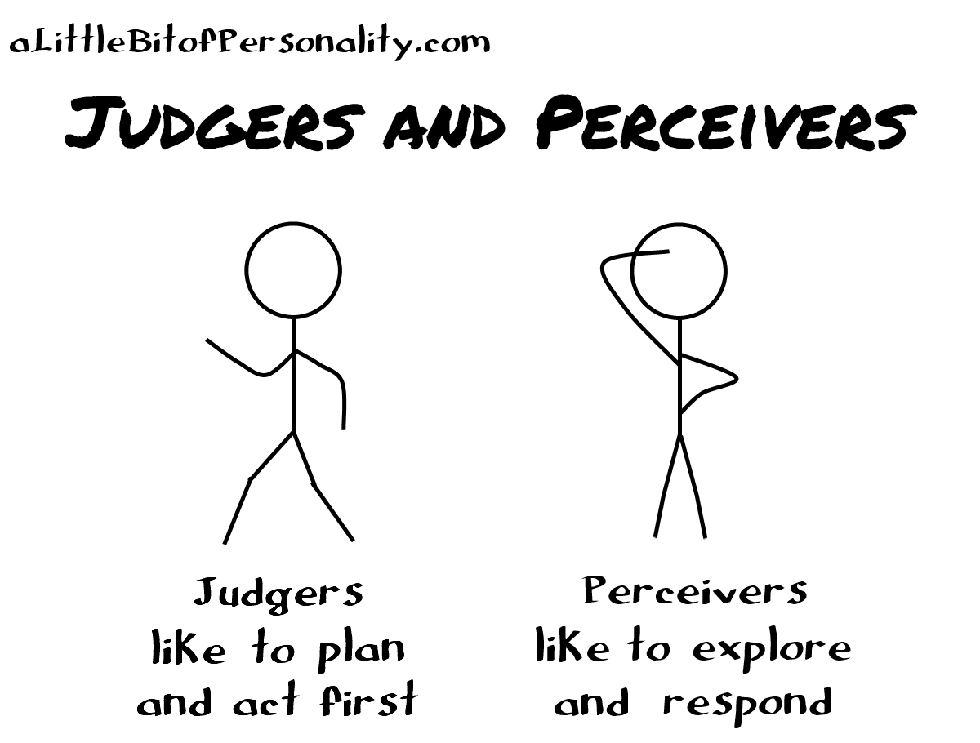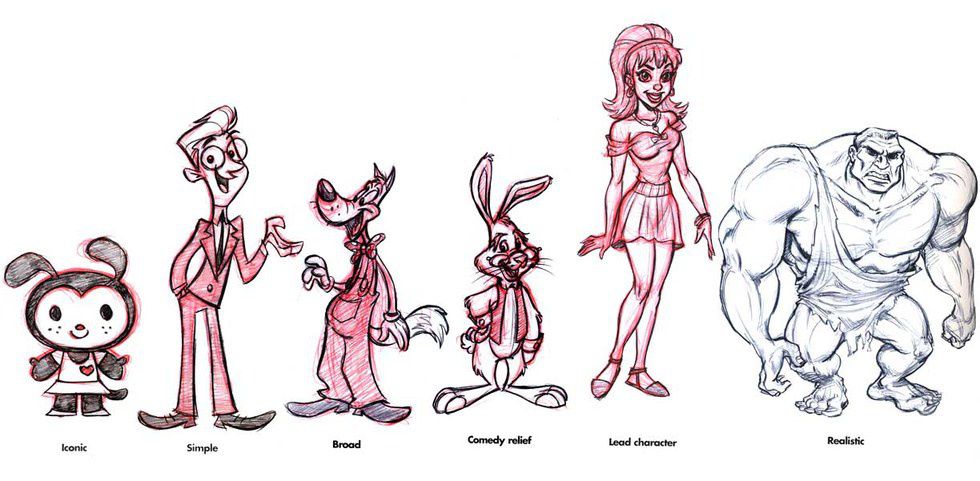Psychology helps us understand a lot about a person. It can help us understand what motivates a person how they make decisions, but we rarely talk about its uses in character creation. In my experience as a writer, I found this useful to fall back on when I'm confused on how one of my character's would react to a situation.
So, what is this chart and how does it help a person create a better character?
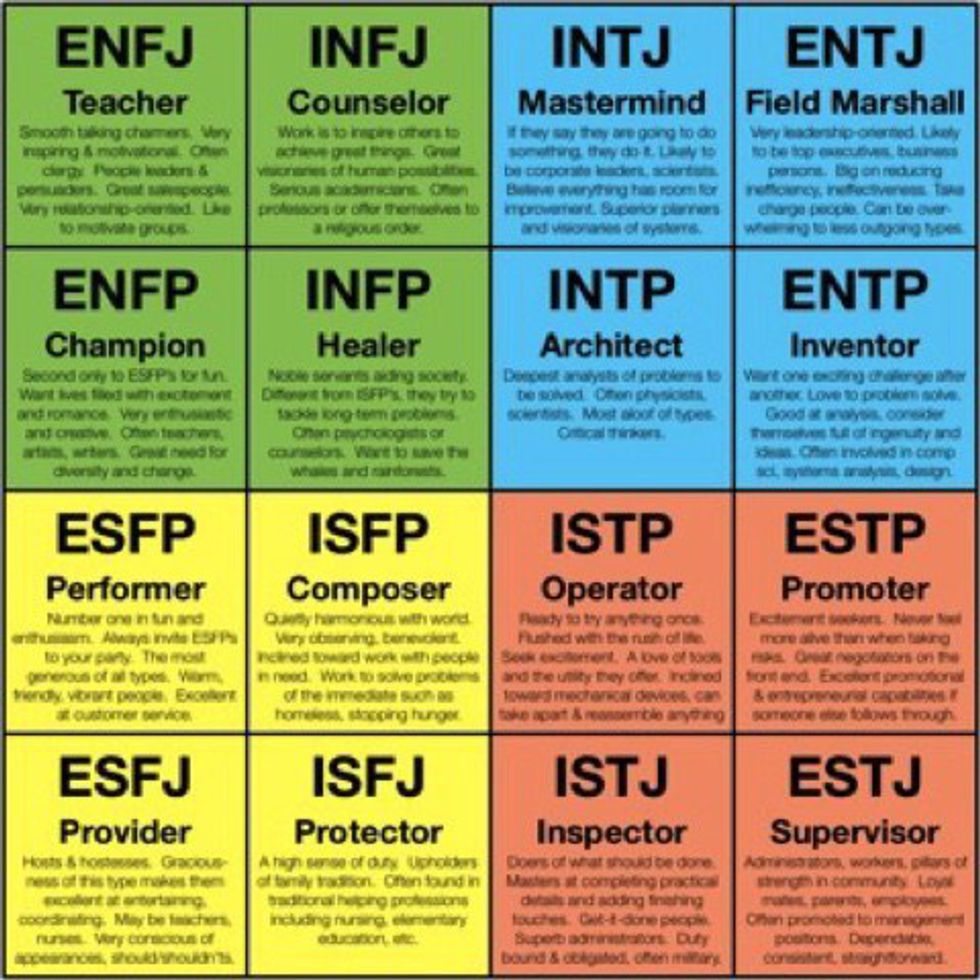
This is the Myers-Briggs Type Indicator Chart. Anyone who takes the Myers-Briggs Test will receive one of these 16 results telling them what type they are. But before diving in, there are a few disclaimers about this chart.
1. This is not 100 percent accurate test. It can aid understanding, but it paints in broad strokes, and like anything that attempts to categorize people, it isn't always correct. Also, just because one is strong in one category, does not mean they can't do the other, just that requires more energy for them to do so.
2. This is not the only nor best method used for character. It is useful for broad strokes but you have to fill in the rest yourself when it comes to character creation. Myers-Briggs is best used for determining how character makes decisions and how they interpret the world around them. This is useful for archetypes who have more depth, not stereotypes who are one dimensional.
So with that out of the way, let's jump in.
The Myers-Briggs Type Indicator is a set of four dichotomous psychological categories that when fitted together can tell a lot about a person. It was developed by Isabella Myers and Catherine Briggs in the 1940s to better help women understand which ob they were best suited for in the war. It is currently used in university psychology courses and even used to help perspective college students know what job or major would best suit them. In terms of character creation however, it can be applicable for determining why a character makes certain decisions, how they act in situations,why they reacted they way they did to events, and how they handle the inner-workings of their lives.
The Four Categories
Introversion vs. Extraversion
Sensing vs. Intuition
Thinking vs. Feeling
Judging vs Perceiving
Introversion vs. Extraversion
This category tells how one draws energy.
Introverts tend to gather energy from being alone, or with small groups of close friends. Their thoughts or feelings and internal life tends to be more important to them.
Extroverts tend to get energy from crowds, doing things, or celebrating. The real happenings of the world, events, places, things, tend to draw more of their focus and tend to be energized by their external lives.
Both types can operate in the other's field. For example: an Introvert can go and be socially suave at a party, but they find it draining, and want to go back to what suits them and recharge.
Sensing vs. Intuition
This category tells one how a person perceives the world around them.
Sensing means the person trusts what they can examine with their five senses: Taste, Touch, Sight, Audio, Scent. They tend to be meticulous and rely on facts, data, and things being done right, because the process is just as important as the product.
Intuition means this person tends to go with their gut. They are capable of fantastic leaps in logic, but it can oftentimes lead them astray. They will most of the time know they answer to a problem before they can tell you why that's the answer.
Thinking vs. Feeling
This category determines how one makes judgements or decisions.
Thinking-dominated people tend rely on logic, and live by these calculated decisions. They work well in routines and will often prescribe methods to their daily lives, whether they are aware they do so or not.
Feeling-dominated people tend to rely more on emotion, view problems from multiple perspectives, and often don't believe there is an objectively correct way of handling things. They will often come to a emotionally-sound solution rather than a rational one.
Judging vs. Perceiving
This tells one how a person will utilize the two previous traits.
Judging dominate people tend to make plans, know where they stand, and likes resolution.
Perceiving dominate people like to leave their options open, explore and respond, and hate to close themselves off of a choice.
Linked Together In Character Creation
Myers-Briggs can help psychologists and writers alike in understanding how people work. It can aid a writer in how to properly give context for a character's personality and actions, making them more relatable to the audience. It is not going to be 100% accurate, but can provide an exceptional lens when examining characters and people. Myers-Briggs is an excellent fallback to fight writer's block when deciding how a character would react to a scenario.




